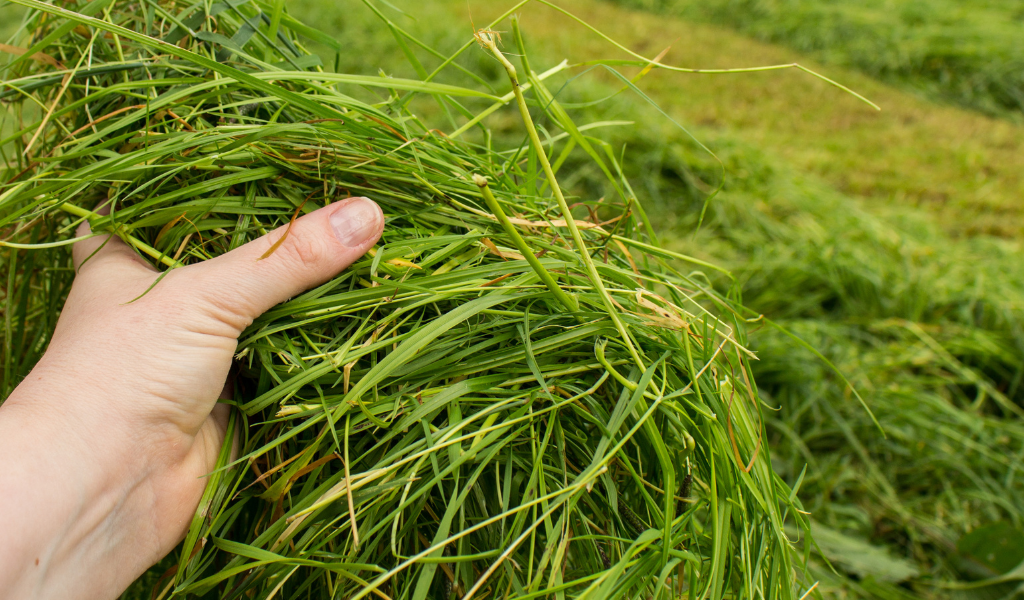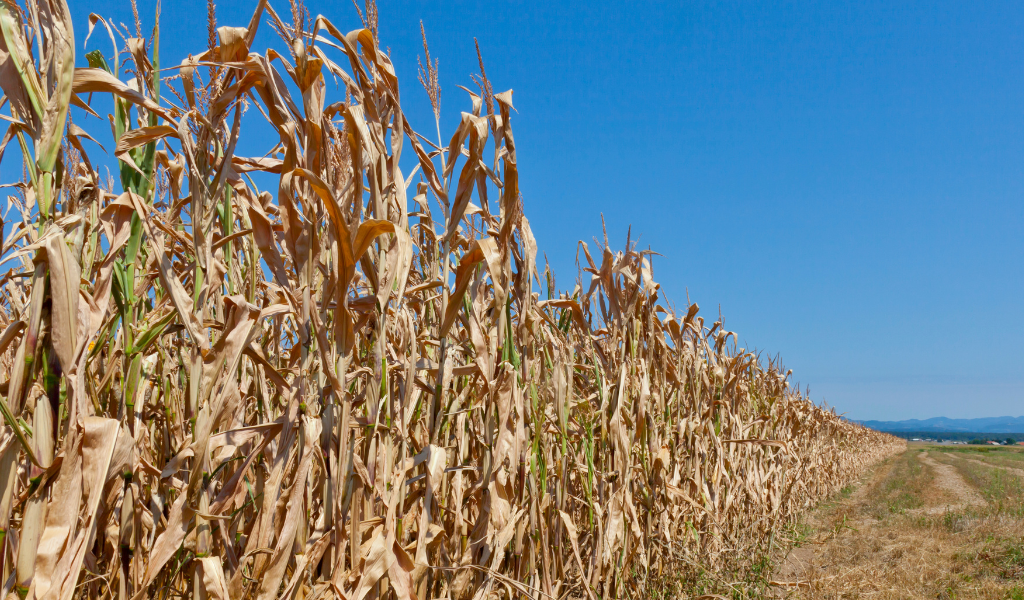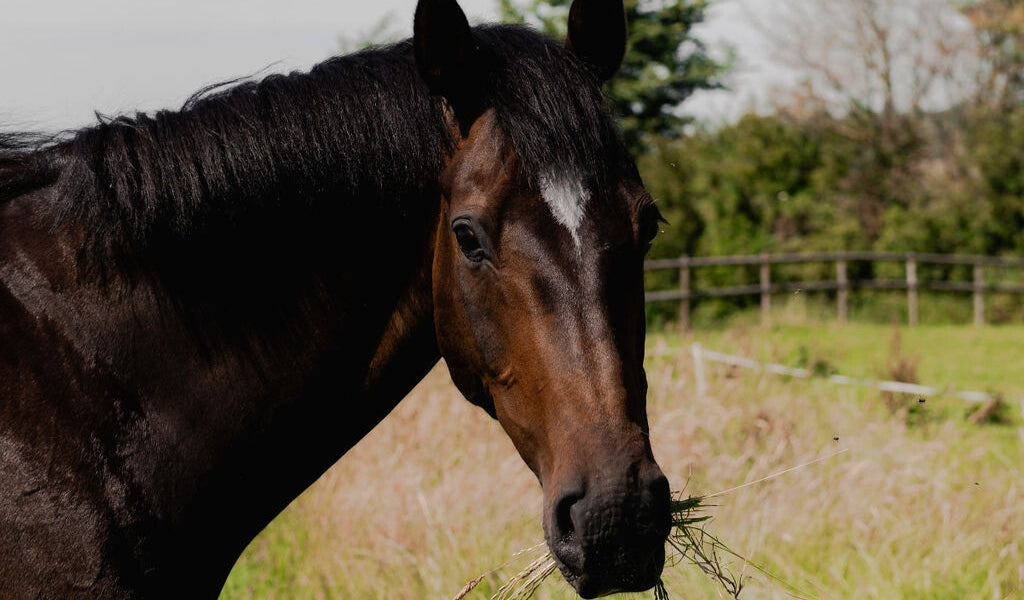Grass hasn’t exactly been the easiest thing to grow this year!
With hotter dry spells, unpredictable rainfall, and ever changing weather patterns, keeping grass growing consistently is becoming more of a challenge. Combine that with rising forage costs and suddenly every blade of grass feels even more precious. It’s no longer just about how much silage we can make, it’s about protecting and preserving what we’ve got once it’s safely in the clamp or bale.
These shifting conditions mean we can’t always count on the “perfect” growing season anymore. That’s why smart forage management and preservation have never been more important. In times like these, we let beneficial microbes do the heavy lifting: guiding fermentation, locking in nutrients, and keeping silage stable and palatable for livestock. After all, it’s their job out in the field, so why not let them take care of things in the clamp too?
The hidden work beneath the clamp
We tend to focus on the cut, the yield, and the quality of the forage above ground. But the real magic of silage doesn’t stop once it’s in the clamp. Silage fermentation is a living, breathing process, powered by billions of bacteria that decide whether your clamp turns into a treasure chest of nutrients or a heap of spoiled waste.
Healthy, beneficial microbes are the invisible workforce that make all the difference. They convert plant sugars into lactic acid, dropping the pH quickly and creating the stable, acidic conditions that preserve forage for months on end. A study in Grass and Forage Science found that microbial inoculants improved silage digestibility and boosted animal performance by keeping proteins and sugars intact.
Without this microbial balance, all that work in the field, the fuel, the time, the effort, can slip away. But with the right microbial support, the clamp becomes more than storage: it’s a preservation system, keeping silage nutritious, tasty, and ready for livestock when it’s needed most.
From putrefaction to fermentation
Left to itself, cut grass can begin to rot, the process of putrefaction, leading to waste, poor feed value, and a lot of frustration. But with the right silage inoculant and microbial balance, the forage is guided towards a clean fermentation. Beneficial lactic acid bacteria take the lead, converting plant sugars into lactic acid. This drops the pH quickly, locking in energy, flavour, and stability, and creating an environment that keeps harmful microbes and moulds at bay.
What does this mean in practice?
Better nutrient retention: more of the sugars, proteins, and energy present in the fresh grass are preserved for livestock rather than being lost as heat or waste gases
Less spoilage: reduced mould and yeast activity mean less waste in the clamp or bale
Clamp stability: silage stays consistent and resists heating even after the clamp is opened, giving farmers more flexibility at feed-out and reducing waste
Improved palatability: increased feed intake and reduced wastage
In short, microbes don’t just “help” silage, they shape the whole process. With the right microbial balance, you’re not only protecting what’s been grown, but also unlocking more value for your animals and your farm.
Soil to silage: it all connects
It’s easy to think of silage as starting the moment the mower hits the field, but the story really begins in the soil. Healthy, living soils grow stronger, more nutrient-rich crops, packed with energy, minerals, and the right balance of fibre and sugars. Those stronger crops make better silage, and better silage leads to healthier, more productive livestock. It’s a full-circle relationship: soil, plant, and animal all working together.
That’s why supporting regenerative farming practices with living microbes isn’t just about improving drought resilience or boosting yields, it’s about enhancing forage quality, maximising feed efficiency, and helping animals perform at their best. Nurturing the soil sets the stage for success all the way from the ground up.
How microbz helps
At microbz, we work with the natural and diverse balance of microbes, because we know that the right microbes make all the difference, both in the soil and in the clamp. Microbz Silage is specifically designed to guide the fermentation process, steering it away from wasteful rot and towards stable, nutritious silage.
Here’s how it works in practice:
Reduces mould: Beneficial microbes outcompete moulds, yeasts, and spoilage bacteria, protecting your silage from heating, off-flavours, and nutrient loss.
Improves stability: By rapidly lowering the pH, Microbz Silage creates an environment that preserves forage for longer, keeping it safe and consistent, even when the clamp is opened.
Keeps nutrition & taste: Sugars, proteins, and energy are locked in, making the silage more palatable. Livestock eat more, waste less, and perform better.
With Microbz Silage, you’re not just preserving feed, you’re protecting the value of your crop and your herd.
Research highlights just how crucial microbes are in challenging conditions. A study from New Mexico shows that microbial inoculants are especially valuable when natural fermentation struggles, such as during heatwaves. Lactic acid bacteria dominate the fermentation process, suppress harmful microbes, and maintain silage quality even at higher temperatures. This isn’t just a lab observation, it reflects the reality for farmers dealing with warmer months and unexpected heat spikes. The right microbes act like a safety net, ensuring your silage remains nutritious, stable, and appetising no matter the weather.
In short, spraying your silage with a probiotic doesn’t just help your forage survive, it helps it thrive. It’s about maximising the value of every cut, every bale, and every mouthful for your livestock, while giving farmers confidence that their feed will hold up when it’s needed most.
Future-proofing forage
Silage is the cornerstone of many UK farms, especially in years when unpredictable weather cuts into grazing days. By paying attention to both soil microbiology and silage quality, farmers can safeguard feed supplies, reduce waste, and give livestock the best possible diet.
That’s resilience built from the ground up, supporting crops, animals, and the farm for seasons to come.



